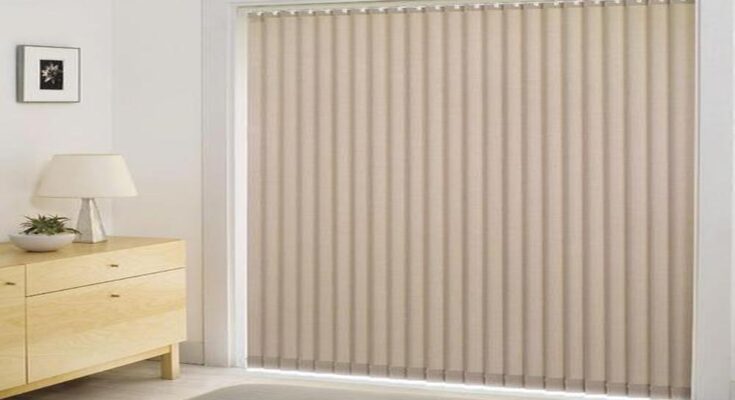Introduction: Smart curtains have become a popular choice in commercial settings due to their ability to enhance comfort, energy efficiency, and aesthetics. The most recent trends in smart curtains for commercial spaces are explained below.
Automated Control Systems
Modern smart curtains feature advanced automated control systems that allow users to conveniently adjust curtain positions, including opening, closing, and tilting. These systems can be integrated with smart devices such as smartphones or voice assistants, enabling users to control the curtains remotely. This automation provides convenience, saves time, and enhances the overall user experience.
Light and Temperature Sensors
Smart curtains equipped with light and temperature sensors can automatically adjust their position based on the amount of natural light and temperature in the room. This feature helps regulate the interior environment, optimizing natural light while reducing glare and maintaining a comfortable temperature. It can also contribute to energy efficiency by reducing the reliance on artificial lighting and heating or cooling systems.
Smart Home Integration
Integrating smart curtains with a broader smart home ecosystem allows for seamless control and synchronization with other devices. This integration enables users to create personalized routines and schedules, automating curtain movements in conjunction with lighting, HVAC systems, and other smart devices. For instance, the curtains can be programmed to open when the occupancy sensors detect movement or at specific times of the day, enhancing convenience and energy efficiency.
Voice Control
Voice assistants have become a common feature in commercial settings, and smart curtains have embraced this trend. With voice control functionality, users can conveniently operate the curtains by issuing voice commands to compatible devices. This hands-free operation offers ease of use and accessibility, particularly in busy or physically demanding environments.
Motorized Mechanisms
Motorized smart curtains have gained popularity in commercial settings due to their smooth and silent operation. These curtains utilize motorized mechanisms, such as electric motors or motorized rods, which eliminate the need for manual intervention. Motorized curtains can be controlled via switches, remote controls, or integrated into the building’s automation system, providing effortless and precise curtain movement.
App-based Control
Smart curtain systems often come with dedicated mobile applications that allow users to control and monitor their curtains from their smartphones or tablets. These apps provide intuitive interfaces, enabling users to set schedules, adjust curtain positions, and access additional features. App-based control offers convenience and flexibility, allowing users to manage the curtains remotely and personalize their preferences.
Privacy and Security Features
Smart curtains can be equipped with privacy and security features to address the specific needs of commercial settings. Some curtains have built-in privacy modes that block external views, while others offer the ability to synchronize curtain movements with security systems, enhancing privacy and deterring potential intruders.
Conclusion
With their ability to regulate light, temperature, and privacy, smart curtains continue to provide commercial settings with improved comfort, energy efficiency, and aesthetics.




